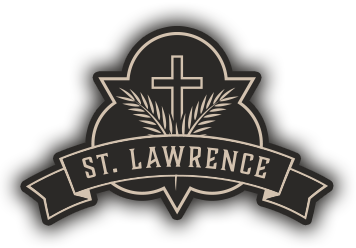Easter Sunday
Processional Hymn: Jesus Christ is Ris’n Today, 843
Recessional hymn: At the Lamb’s High Feast We Sing, 848
Kyriale: Missa Brevis in G, K140, Wolfgang Amadeus Mozart (1756–1791)
Offertory Antiphon: Terra Tremuit, William Byrd (c. 1540–1623)
Motet after Offertory: Resurrexi, Msgr. Marco Frisina (b. 1954)
Communion Antiphon: Pascha Nostrum, William Byrd
Hymn at Communion: Ave Verum Corpus, Camille Saint-Saëns (1835–1921)
The Missa Brevis in G by W. A. Mozart has been given the title of the “Pastoral Mass” because of its lyrical and bright melodies throughout the work. As is common for Masses of this time, Mozart uses soloists in contrast to full choir to give variety to the composition and bring attention to the text of the prayer. For example in the Credo the full choir sings together until “descendit de cælis” at which point the music stops. Then a soprano soloist sings “Et incarnatus est” in a slower tempo with lighter accompaniment which emphasizes the solemnity of the Incarnation. The Agnus Dei is atypical for a Missa Brevi because it is uncharacteristically long. In some editions, Mozart cut about 25 measures from the “Dona nobis” portion of the movement. Today the choir will sing the movement in its entirety.
Wolfgang Amadeus Mozart (1756–1791) was a prolific and influential composer of the Classical period and perhaps the most widely celebrated in the history of Western music. Despite his short life, his rapid pace of composition resulted in more than 800 works including Masses, symphonies, operas, and chamber works.
